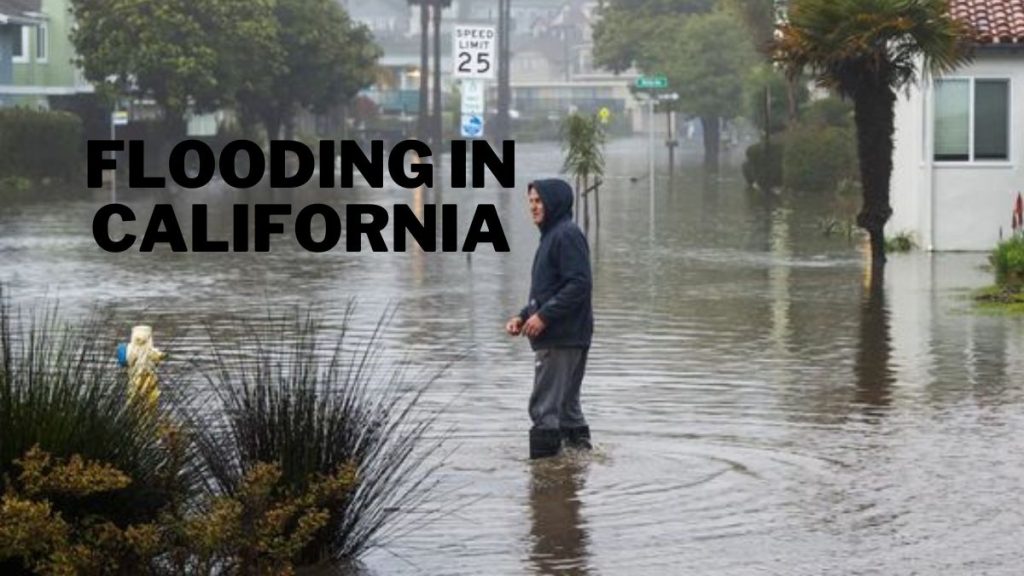California’s frequent and severe flooding is a major environmental issue that has far-reaching effects on the state’s population and economy. Understanding the causes, consequences, and preventative measures of flooding is essential in a region that is vulnerable to riverine, coastal, and urban flooding. This article delves into the complexities of investigating Flooding in California and its causes and proposes approaches to mitigating its effects
Flooding in California: An Overview
Flooding in California is a complex issue driven by a combination of natural and anthropogenic factors. With its diverse geography, including coastal areas, mountains, and urban centers, the state is susceptible to different types of flooding.
Causes of Flooding in California
Flooding in California can be attributed to several factors, including heavy rainfall, snowmelt, storm surges, and urban development. These factors often interact, amplifying the risk of flooding events.
Impact on Communities
The damage caused by flooding in California is substantial. As a result of property damage or destruction, people may be forced to relocate, businesses may go out of business, and vital services may be interrupted.
Environmental Consequences
Flooding has consequences for the environment that extend beyond the immediate effects on people. Ecosystems can be disrupted, water supplies tainted, and soil can erode as a result.
Types of Flooding
Riverine flooding along major waterways, coastal flooding from storm surges, and urban flooding from inadequate drainage systems are all realities for Californians.
Notable Flooding Events in California’s History
Devastating floods, such as the Great Flood of 1862, have occurred in the state before. The development of efficient risk reduction measures requires learning from these events.
Climate Change and Flooding
As a result of climate change, extreme weather events are becoming more common and more intense, which raises the likelihood of flooding. California’s efforts to slow global warming are helping keep rivers from rising.
Infrastructure Vulnerabilities
The effects of flooding can be magnified by outdated or insufficient infrastructure. Reducing exposure calls for investments in infrastructure that can withstand stress.
Urban Planning and Flood Risk
More robust urban areas can result from planning that takes flood risk into account. Essential features include zoning laws, parks, and eco-friendly drainage systems.
Flood Forecasting and Early Warning Systems
With the help of modern warning systems, lives can be saved, and property can be protected by being evacuated in time.
Community Preparedness
It is crucial to equip communities with knowledge and tools for flood preparedness. Changes can be made with the help of training, evacuation plans, and emergency supplies.
Government Initiatives and Policies
Several government organizations at different levels work together on flood management. Mapping floodplains, disaster aid, and infrastructure construction are all part of these efforts.
Partnerships for Flood Resilience
Building flood resilience requires cooperation between government, non-governmental organizations, and the private sector. Collaborations between the public and private sectors can bring a wide range of skills to bear.
Case Study: Sacramento Flood Risk Reduction
The Sacramento region has a comprehensive programmed in place to reduce the likelihood of flooding, demonstrating the efficacy of such preventative measures.
International Best Practices
Effective strategies for flood management and resilience building can be learned from the experiences of other flood-prone regions around the world.
Future Outlook
Adaptive strategies and welcoming innovation are essential for California’s future resilience in the face of mounting climate change and urbanization challenges.
Conclusion
Flooding in California is a complex problem that needs a team effort to solve. Together, Californians can build resilience to flooding, protect lives, and keep the state’s thriving communities and the environment safe by learning about the causes, effects, and mitigation strategies associated with flooding.
FAQs
Q: Can flooding in California only occur during heavy rainfall?
A: No, flooding can result from various factors, including heavy rainfall, snowmelt, storm surges, and inadequate drainage systems.
Q: How does climate change contribute to flooding?
A: Climate change leads to more intense rainfall events and rising sea levels, increasing the likelihood of flooding.
Q: What can individuals do to prepare for flooding?
A: Individuals should create emergency plans, assemble disaster kits, and stay informed about flood risks in their area.
Q: Are there any ongoing government initiatives to manage flooding?
A: Yes, various government agencies are involved in flood management, including floodplain mapping and infrastructure development.
Q: How can communities enhance their resilience to flooding?
A: Communities can invest in flood education, disaster preparedness, and collaboration with stakeholders.
Q: Can flood impacts be minimized through urban planning?
A: Yes, incorporating flood risk into urban planning can lead to better drainage systems, resilient infrastructure, and reduced flood impacts.







